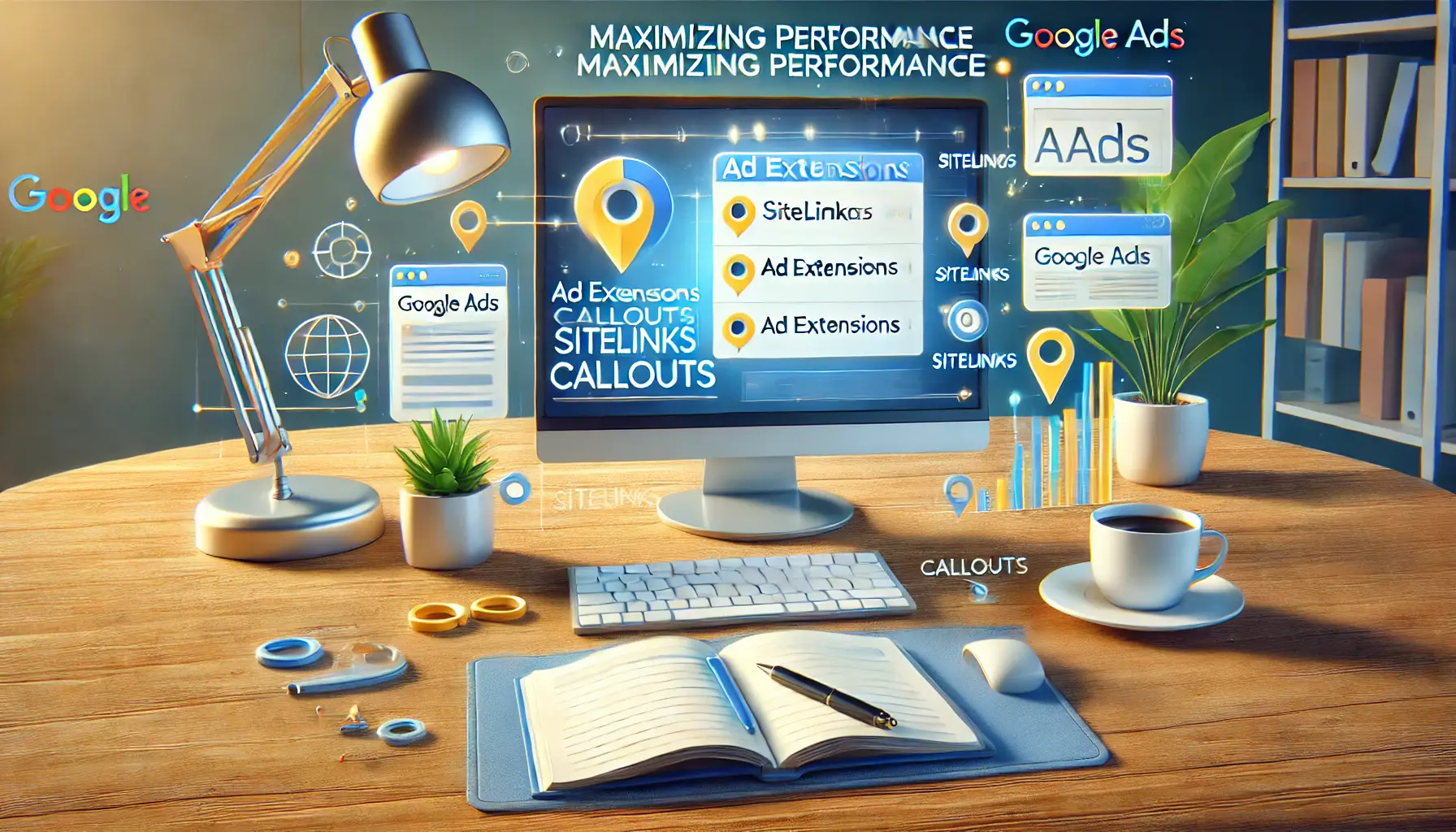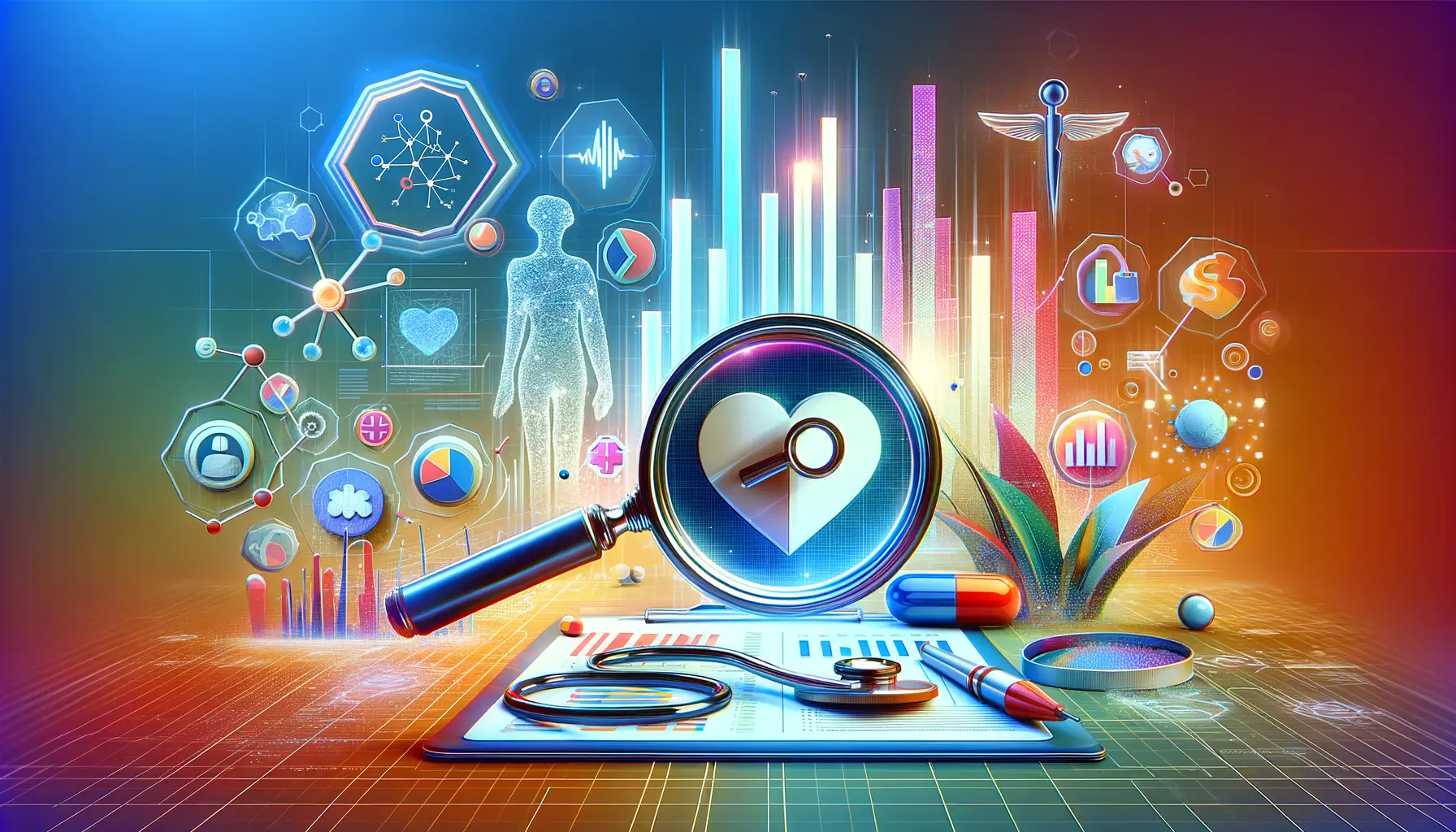The advent of ChatGPT 4 has marked a significant milestone in the evolution of artificial intelligence, particularly in the realm of natural language processing and machine learning.
This iteration of the ChatGPT series, developed by OpenAI, has been designed to offer enhanced conversational capabilities, improved understanding, and more accurate responses compared to its predecessors.
The performance of ChatGPT 4 is not just a testament to the advancements in AI technology but also a beacon for future developments in how humans interact with machines.
ChatGPT 4’s performance is evaluated based on several key metrics, including accuracy, response time, and the ability to understand and generate human-like text.
These metrics are crucial for users who rely on ChatGPT 4 for a wide range of applications, from coding assistance and content creation to customer service and educational tools.
The significance of ChatGPT 4’s performance lies not only in its technical achievements but also in its impact on various industries and aspects of daily life.
- Understanding ChatGPT 4’s Capabilities
- Advancements in Machine Learning Algorithms
- ChatGPT 4 in Various Industries
- Challenges and Limitations
- Integration and Implementation Strategies
- Future Prospects of ChatGPT 4
- Optimizing ChatGPT 4 for Business Applications
- Embracing the Future with ChatGPT 4
- ChatGPT 4 Performance FAQs
Understanding ChatGPT 4’s Capabilities
Enhanced Natural Language Understanding
One of the most notable improvements in ChatGPT 4 is its enhanced natural language understanding (NLU).
This advancement allows ChatGPT 4 to grasp the nuances of human language more effectively, enabling it to provide responses that are not only accurate but also contextually relevant.
The ability to understand idiomatic expressions, slang, and complex queries has significantly improved, making interactions with ChatGPT 4 more natural and engaging for users.
This leap in NLU is achieved through the incorporation of more extensive training data and advanced algorithms.
By analyzing vast amounts of text data, ChatGPT 4 learns to recognize patterns, infer meaning, and generate responses that closely mimic human conversational styles.
This capability is particularly beneficial in applications requiring a deep understanding of language, such as content creation, tutoring, and customer support.
Improved Response Generation
Alongside its enhanced understanding of language, ChatGPT 4 also exhibits significant improvements in response generation.
This aspect of performance is crucial for maintaining the flow of conversation and ensuring that the generated text is coherent, relevant, and informative.
ChatGPT 4’s ability to construct detailed answers, provide explanations, and even generate creative content is a testament to its advanced language generation capabilities.
The improvements in response generation are attributed to more sophisticated training techniques and optimizations in the model’s architecture.
These enhancements allow ChatGPT 4 to generate responses that are not only contextually appropriate but also diverse and creative.
Whether it’s drafting an email, composing a poem, or explaining a complex concept, ChatGPT 4 can handle a wide array of tasks with remarkable proficiency.
The performance of ChatGPT 4, marked by its enhanced natural language understanding and improved response generation, sets a new standard for AI-driven conversational agents.
Advancements in Machine Learning Algorithms
The backbone of ChatGPT 4’s performance enhancements lies in the significant advancements in machine learning algorithms.
These algorithms are the engines that power ChatGPT 4, enabling it to understand and generate human-like text with unprecedented accuracy.
The evolution of these algorithms has been pivotal in pushing the boundaries of what AI can achieve in natural language processing.
Key advancements in machine learning algorithms that have contributed to the performance of ChatGPT 4 include:
- Transformer models: At the heart of ChatGPT 4 lies the transformer model architecture, which has revolutionized the field of natural language processing. This architecture allows for more effective handling of sequential data, enabling the model to better understand the context and generate more coherent responses.
- Reinforcement learning from human feedback (RLHF): This technique involves training the model based on feedback from human evaluators. By incorporating human judgment into the training process, ChatGPT 4 has become more aligned with human preferences and expectations, significantly improving its conversational abilities.
- Few-shot learning: ChatGPT 4’s ability to learn from a small number of examples (few-shot learning) has been a game-changer. This capability allows the model to perform tasks with minimal instruction, making it more versatile and efficient in understanding and responding to user queries.
Impact on User Experience
The advancements in machine learning algorithms not only enhance the technical capabilities of ChatGPT 4 but also have a profound impact on the user experience.
Users interacting with ChatGPT 4 can expect:
- A more intuitive and natural conversational flow, making interactions with AI more engaging and less robotic.
- Higher accuracy in responses, reducing misunderstandings and improving the overall effectiveness of the tool in various applications.
- Greater versatility in handling a wide range of tasks, from creative writing to technical problem-solving, making ChatGPT 4 a valuable asset across different domains.
These improvements in user experience underscore the importance of advancements in machine learning algorithms for the development of AI technologies.
As these algorithms continue to evolve, the potential applications of ChatGPT 4 and future iterations of the model are bound to expand, further integrating AI into our daily lives and work.
The enhancements in machine learning algorithms not only boost ChatGPT 4’s performance but also significantly improve the user experience, making AI interactions more natural, accurate, and versatile.
ChatGPT 4 in Various Industries
The versatility and advanced capabilities of ChatGPT 4 have led to its widespread adoption across various industries.
Each sector leverages the power of ChatGPT 4 to enhance efficiency, improve customer experiences, and innovate in ways previously unimaginable.
Here’s how ChatGPT 4 is making an impact across different domains:
In the education sector, ChatGPT 4 is revolutionizing the way students learn and teachers teach.
Its applications range from personalized tutoring to automated grading, providing support that is tailored to individual learning styles and needs.
For students, ChatGPT 4 offers instant access to information and explanations, making learning more interactive and engaging.
Teachers, on the other hand, can utilize ChatGPT 4 to create dynamic lesson plans and provide feedback on assignments, saving time and enhancing the educational experience.
The customer service industry has also seen significant improvements with the integration of ChatGPT 4.
Businesses are employing ChatGPT 4-powered chatbots to handle customer inquiries, complaints, and feedback.
These AI-driven assistants are capable of providing instant, 24/7 support, improving customer satisfaction and loyalty.
Moreover, by automating routine inquiries, companies can allocate human resources to more complex issues, enhancing overall service quality.
In the realm of content creation and digital marketing, ChatGPT 4 is a game-changer.
Content creators use ChatGPT 4 to generate ideas, draft articles, and even create entire marketing campaigns.
The AI’s ability to produce coherent, engaging, and original content in seconds allows for a more efficient content creation process, freeing up creators to focus on strategy and design.
Digital marketers leverage ChatGPT 4 to analyze trends, generate SEO-friendly content, and personalize customer interactions, driving engagement and conversions.
- Education: Personalized tutoring, automated grading, interactive learning.
- Customer Service: 24/7 AI-driven support, automation of routine inquiries, enhanced service quality.
- Content Creation and Digital Marketing: Efficient idea generation, SEO-friendly content, personalized marketing strategies.
The impact of ChatGPT 4 extends beyond these industries, touching upon healthcare, finance, and even entertainment.
In healthcare, ChatGPT 4 assists in patient education and support, while in finance, it aids in data analysis and customer advisory services.
The entertainment industry sees ChatGPT 4 contributing to scriptwriting, game development, and personalized content recommendations.
The broad applicability of ChatGPT 4 underscores its potential to transform not just individual sectors but the global economy at large.
ChatGPT 4’s influence across various industries highlights its role as a transformative technology, capable of enhancing efficiency, creativity, and customer engagement.
Challenges and Limitations
Despite the groundbreaking capabilities and wide-ranging applications of ChatGPT 4, it is not without its challenges and limitations.
As with any technology, understanding these hurdles is crucial for maximizing its potential and mitigating any negative impacts.
Here, we delve into some of the key challenges and limitations associated with ChatGPT 4.
Data Bias and Ethical Concerns
One of the most significant challenges facing ChatGPT 4 is the issue of data bias.
Since the model is trained on vast datasets compiled from the internet, it can inadvertently learn and perpetuate biases present in the training data.
This can lead to responses that are biased, offensive, or otherwise inappropriate.
Addressing data bias requires continuous effort to identify and neutralize biases within the datasets, a task that is both complex and ongoing.
Related to data bias are the broader ethical concerns surrounding the use of ChatGPT 4.
Questions about privacy, consent, and the potential for misuse arise, particularly in sensitive applications such as personal assistance and content creation.
Ensuring ethical use of ChatGPT 4 involves implementing strict guidelines, transparency in its functioning, and mechanisms for accountability.
Understanding Context and Nuance
Another limitation of ChatGPT 4 is its occasional struggle with understanding context and nuance, especially in complex conversations or when dealing with specialized knowledge areas.
While ChatGPT 4 can generate responses based on the information it has been trained on, its understanding is not equivalent to human comprehension.
This can lead to misunderstandings or superficial responses in scenarios requiring deep domain expertise or nuanced understanding.
Improving ChatGPT 4’s ability to grasp context and nuance involves refining its training processes and incorporating more sophisticated mechanisms for context retention and analysis.
However, achieving a level of understanding comparable to human experts remains a significant challenge.
Dependency and Overreliance
The convenience and efficiency of ChatGPT 4 also bring the risk of dependency and overreliance.
Users might become overly dependent on AI for tasks ranging from content creation to decision-making, potentially stifling creativity and critical thinking.
Balancing the benefits of ChatGPT 4 with the need to maintain human oversight and engagement is crucial for healthy integration into work and daily life.
Addressing the challenges and limitations of ChatGPT 4 requires a multifaceted approach, involving technological improvements, ethical guidelines, and user education.
By navigating these challenges responsibly, we can harness the full potential of ChatGPT 4 while minimizing its drawbacks.
While ChatGPT 4 represents a significant advancement in AI, it is not without challenges, including data bias, understanding context, and the risk of dependency.
Integration and Implementation Strategies
Successfully integrating ChatGPT 4 into business operations, educational programs, or any other application requires strategic planning and execution.
The goal is to leverage ChatGPT 4’s capabilities to enhance productivity, innovation, and user satisfaction while addressing its limitations.
Here are key strategies for effective integration and implementation of ChatGPT 4:
Identifying Use Cases
Understanding the specific needs and challenges of your organization is the first step towards leveraging ChatGPT 4 effectively.
Identifying use cases where ChatGPT 4 can add the most value is crucial.
This could range from automating customer service interactions to supporting content creation or providing personalized learning experiences.
By pinpointing areas with the highest impact, organizations can prioritize implementation efforts for maximum benefit.
Customization and Training
While ChatGPT 4 comes with a broad understanding of language and knowledge, customizing the model to fit specific organizational needs can significantly enhance its effectiveness.
This involves training ChatGPT 4 on domain-specific data or adjusting its parameters to better align with the desired outputs.
Customization ensures that ChatGPT 4’s responses are relevant and tailored to the unique context of each use case.
Integration with Existing Systems
Seamlessly integrating ChatGPT 4 into existing workflows and systems is essential for smooth operation and user adoption.
This might involve developing APIs, creating user interfaces, or embedding ChatGPT 4 into current software applications.
Effective integration ensures that ChatGPT 4 enhances existing processes without disrupting them.
Addressing Ethical and Privacy Concerns
Implementing ChatGPT 4 responsibly involves addressing potential ethical and privacy concerns.
Organizations should establish clear guidelines on the use of ChatGPT 4, ensuring compliance with data protection laws and ethical standards.
This includes securing user consent where necessary and being transparent about how ChatGPT 4 is used and how data is handled.
Continuous Monitoring and Improvement
After implementation, continuous monitoring of ChatGPT 4’s performance and user feedback is vital.
This allows organizations to identify areas for improvement, adjust strategies as needed, and ensure that ChatGPT 4 continues to meet evolving needs.
Regular updates and refinements based on real-world usage help maintain the relevance and effectiveness of ChatGPT 4 over time.
- Identify high-impact use cases to prioritize implementation efforts.
- Customize and train ChatGPT 4 for specific organizational needs to enhance relevance and effectiveness.
- Integrate ChatGPT 4 seamlessly into existing systems and workflows for smooth operation.
- Implement responsible use guidelines to address ethical and privacy concerns.
- Engage in continuous monitoring and improvement based on performance data and user feedback.
Effective integration of ChatGPT 4 requires careful planning, customization, ethical consideration, and ongoing refinement to fully harness its capabilities while mitigating potential drawbacks.
Future Prospects of ChatGPT 4
The evolution of ChatGPT 4 and its subsequent versions promises to bring about transformative changes in the way we interact with technology.
As we look to the future, several prospects stand out, highlighting the potential trajectory of ChatGPT and its impact on various sectors.
These prospects not only reflect the advancements in AI but also underscore the growing integration of intelligent systems in our daily lives.
Enhanced Personalization
One of the most exciting prospects for ChatGPT 4 is the move towards even more personalized interactions.
Future iterations could offer hyper-personalized content generation and responses based on individual user preferences, learning styles, and historical interactions.
This level of personalization could revolutionize customer service, education, and entertainment, making experiences more engaging and tailored to individual needs.
Seamless Human-AI Collaboration
As ChatGPT 4 becomes more sophisticated, we can expect to see seamless collaboration between humans and AI.
This will be particularly evident in creative industries, research, and development, where ChatGPT 4 could act as a co-creator, offering insights, generating ideas, and even participating in problem-solving.
Such collaboration could accelerate innovation, making it more inclusive and diverse.
Expansion into New Domains
The versatility of ChatGPT 4 means its application will likely expand into new and unexpected domains.
From aiding in medical diagnostics to supporting legal analysis, the potential for ChatGPT 4 to contribute to specialized fields is immense.
As the model continues to learn and adapt, its accuracy and utility in these domains will only increase, opening up new possibilities for AI assistance.
Improving Accessibility
Another significant prospect for ChatGPT 4 is its role in improving accessibility.
By providing real-time language translation, simplifying complex texts, and offering voice-based interaction, ChatGPT 4 can make information and services more accessible to people with disabilities or those who face language barriers.
This could have a profound impact on global education, inclusivity, and access to knowledge.
- Future versions of ChatGPT 4 will likely offer even more personalized interactions based on user data.
- Collaboration between humans and AI will become more seamless, enhancing creativity and problem-solving.
- ChatGPT 4’s application will expand into new domains, contributing to fields like healthcare and law.
- The technology will play a crucial role in improving accessibility, breaking down language and disability barriers.
The future of ChatGPT 4 and its iterations is not just about technological advancements but also about the broader implications for society, ethics, and the global economy.
As we navigate these prospects, the focus will be on harnessing the benefits of AI while addressing the challenges it poses, ensuring that the future of ChatGPT 4 is as promising as it is transformative.
The future of ChatGPT 4 lies in enhanced personalization, seamless human-AI collaboration, expansion into new domains, and a significant role in improving accessibility, marking a transformative phase in the integration of AI into daily life.
Optimizing ChatGPT 4 for Business Applications
The integration of ChatGPT 4 into business operations offers a unique opportunity to streamline processes, enhance customer engagement, and foster innovation.
To fully capitalize on the benefits of ChatGPT 4, businesses must adopt strategic approaches to optimization.
This involves tailoring the AI’s capabilities to meet specific business goals, ensuring seamless integration, and maintaining a focus on continuous improvement.
Customizing for Industry-Specific Needs
Each industry has its unique challenges and requirements.
Customizing ChatGPT 4 to address these specific needs can significantly enhance its effectiveness.
For instance, in the financial sector, ChatGPT 4 can be optimized to provide real-time market analyses and personalized investment advice.
Similarly, in healthcare, it could be tailored to offer patient support and diagnostic assistance.
Understanding the nuances of your industry and training ChatGPT 4 accordingly can unlock its full potential.
Enhancing Customer Experience
At the heart of business success is customer satisfaction.
ChatGPT 4 can be optimized to improve customer experience through personalized communication, instant support, and accurate information delivery.
By analyzing customer data, ChatGPT 4 can generate insights into customer preferences and behavior, enabling businesses to offer tailored recommendations, proactive support, and a more engaging interaction model.
Streamlining Operations and Reducing Costs
ChatGPT 4 can also play a pivotal role in optimizing business operations and reducing operational costs.
Automating routine tasks, such as data entry, scheduling, and customer inquiries, frees up human resources for more strategic activities.
Additionally, ChatGPT 4’s ability to quickly process and analyze large volumes of data can aid in decision-making, forecasting, and risk management, further contributing to operational efficiency and cost reduction.
- Industry-specific customization enhances ChatGPT 4’s effectiveness and relevance.
- Optimizing ChatGPT 4 for customer experience can lead to higher satisfaction and loyalty.
- Using ChatGPT 4 to streamline operations can significantly reduce costs and improve efficiency.
As businesses continue to navigate the digital landscape, the optimization of ChatGPT 4 for specific applications will be a key determinant of success.
The ability to adapt, customize, and continuously improve ChatGPT 4’s integration will not only drive business growth but also shape the future of AI in the business world.
By staying ahead of technological trends and focusing on strategic implementation, businesses can harness the power of ChatGPT 4 to achieve competitive advantage and foster innovation.
Optimizing ChatGPT 4 for business applications requires a strategic approach, focusing on customization, enhancing customer experience, and streamlining operations for improved efficiency and cost-effectiveness.
Embracing the Future with ChatGPT 4
The journey through the capabilities, applications, and future prospects of ChatGPT 4 reveals a landscape brimming with potential.
As we stand on the cusp of a new era in artificial intelligence, ChatGPT 4 emerges as a pivotal force in shaping the interaction between humans and machines.
The performance of ChatGPT 4, marked by its advanced natural language processing, machine learning algorithms, and broad applicability across industries, underscores its significance in the ongoing evolution of AI technology.
Transformative Impact Across Sectors
ChatGPT 4’s influence extends far beyond mere technological novelty; it represents a transformative shift in how businesses operate, how educators teach and learn, and how consumers engage with digital content.
From streamlining customer service operations to personalizing educational content and revolutionizing content creation, ChatGPT 4 stands at the forefront of innovation, driving efficiency, creativity, and personalized experiences.
Navigating Challenges with Forward-Thinking Strategies
Despite its impressive capabilities, the journey of integrating ChatGPT 4 is not devoid of challenges.
Issues such as data bias, ethical concerns, and the need for contextual understanding highlight the importance of a nuanced approach to AI implementation.
Addressing these challenges requires a commitment to continuous improvement, ethical AI use, and strategies that prioritize user privacy and data security.
Optimization and Customization: Keys to Unlocking Potential
The true power of ChatGPT 4 lies in its ability to be customized and optimized for specific needs and goals.
Whether through industry-specific adaptations, enhancements in customer experience, or streamlining operational efficiencies, the potential of ChatGPT 4 can be fully realized through strategic implementation.
Businesses and organizations that embrace this potential stand to gain a competitive edge in an increasingly digital world.
- ChatGPT 4’s advanced capabilities herald a new era of human-machine interaction.
- The transformative impact of ChatGPT 4 across various sectors underscores its versatility and potential for innovation.
- Strategic optimization and customization are crucial for leveraging ChatGPT 4’s full potential in business and beyond.
In conclusion, the performance of ChatGPT 4 is not just a testament to the strides made in AI but a beacon for future possibilities.
As we navigate the complexities of integrating AI into our daily lives and work, ChatGPT 4 offers a glimpse into a future where AI and human intelligence collaborate seamlessly.
Embracing this future requires not only technological readiness but also a thoughtful approach to the ethical, social, and practical implications of AI.
With ChatGPT 4, we are poised to redefine the boundaries of what is possible, ushering in an era of unprecedented innovation and progress.
ChatGPT 4 Performance FAQs
Explore commonly asked questions about ChatGPT 4’s performance, offering insights into its capabilities, improvements, and real-world applications.
While ChatGPT 4 is more advanced, incorporating smarter logic and less prone to errors, its response time may be slightly longer due to its complexity.
Yes, ChatGPT 4 provides more accurate answers and better explanations, thanks to its enhanced understanding and reasoning capabilities.
Despite reported performance degradation, many users find ChatGPT Plus valuable for its advanced features and capabilities over GPT 3.
GPT-4 is a large multimodal model that excels in text and image inputs, offering outputs that are closer to human-like responses.
Optimizing ChatGPT-4 involves customizing its use to specific tasks, ensuring it is trained on relevant data for best performance.
ChatGPT 4 has shown remarkable performance on professional exams, especially in areas requiring communication skills and professionalism.
ChatGPT and GPT-4 differ in their training methods, with GPT-4 undergoing more extensive training, resulting in improved performance and capabilities.
Users have noted differences in ChatGPT’s performance over time, attributing changes to ongoing updates and improvements by OpenAI.











